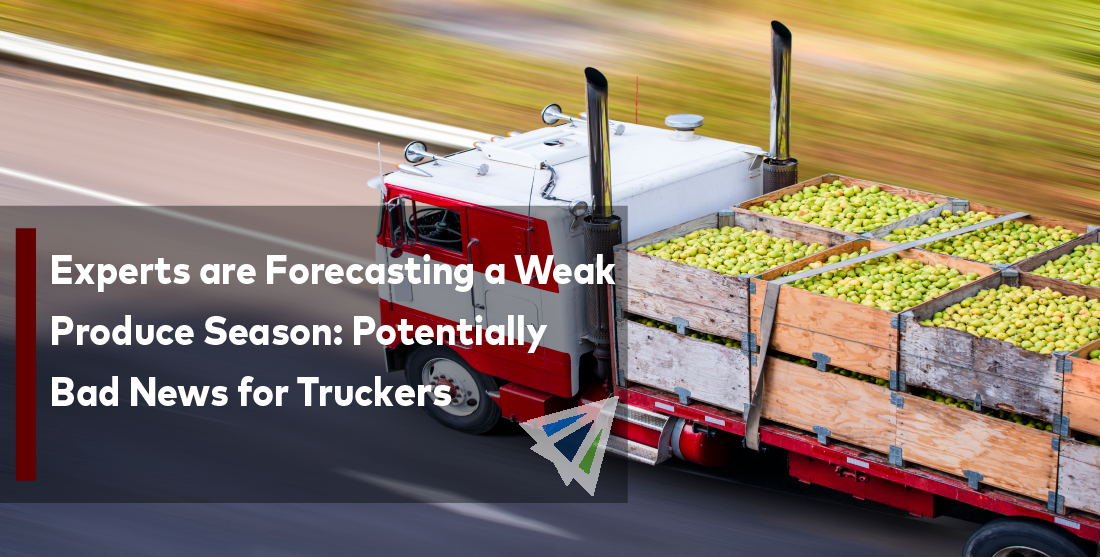The recent heavy rains in California have dramatically changed the state’s harvesting plan for this year. Some harvests may take longer than expected, but some will have lesser yields than usual. Floods have reportedly prevented workers from planting crops like tomatoes as well as harvesting lettuce, strawberries, and other commodities, particularly in central California, according to a specialist with the University of California’s farming extension office. This is poor news for the trucking industry because truckers see late spring and early summer as the best times for freight volumes, in part because they must move perishable goods from California to supermarkets or distribution centers across the nation.
The current weak produce season may diminish the hundred days of summer, which is bad for the entire trucking industry. Since May 2022, according to FTR’s Transportation Conditions Index, things haven’t improved. “This kind of market volume injection is required. We have to keep the drivers busy. They must be able to receive these loads from us. They must have an engine that we can start” said Mitch Mazzaro, director of temperature-controlled shipments at the Austin, Texas-based freight company Arrive Logistics.
Mazzaro is skeptical of how weak the harvest will be this year, as are the other three freight brokers that FreightWaves spoke with. They don’t anticipate any big windfall of loads despite the high demand. Michael Feig is the co-founder and COO of the temperature-controlled brokerage Capital Logistics “Sales of produce have not had a particularly good year. With a somewhat quiet freight market on top of that, it’s almost like a perfect storm.”
According to the Associated Press, since March 10, when a local levee fell and most of its surroundings were submerged, about 20% of strawberry fields in a significant agricultural region of California have been submerged. Although it is unknown how many of those plants can be harvested, the risk they face rises the longer they are immersed. Farmers have reported having trouble entering flooded lettuce fields in the state’s Central Valley, according to Thomas Turini, a vegetable crops advisor with the University of California’s farming extension office in Fresno. Also, some of the lettuce that was harvested showed signs of a crop disease that only manifests itself in exceptionally moist conditions. Such diseased crops must be destroyed.
Due to the flooding, farmers and producers have also faced challenges. Since March 10, 20% of the strawberry fields in a key California region for strawberry production have been submerged. Unknown is the quantity of plants that can be harvested, but the danger they face rises the longer they are immersed.
Although the plentiful rain may be advantageous for some crops, such as nuts, growers and truckers are particularly concerned about the delay in planting tomatoes. Large quantities of tomatoes will need to be picked weeks later than usual, and because they will all ripen at the same time, there may be a bottleneck in the processing sector.
Poor tomato crops would alarm truckers particularly because an acre of the crop can produce about 50 tons of freight that needs to be transported. This is significantly greater than other crops like onions, grapes, and almonds.
In general, it is anticipated that a poor crop season brought on by abnormally high rain will raise inflation and present challenges for the trucking industry, which is already under pressure. When these issues will be resolved is unknown, but industry experts are bracing for a likely challenging season ahead.
